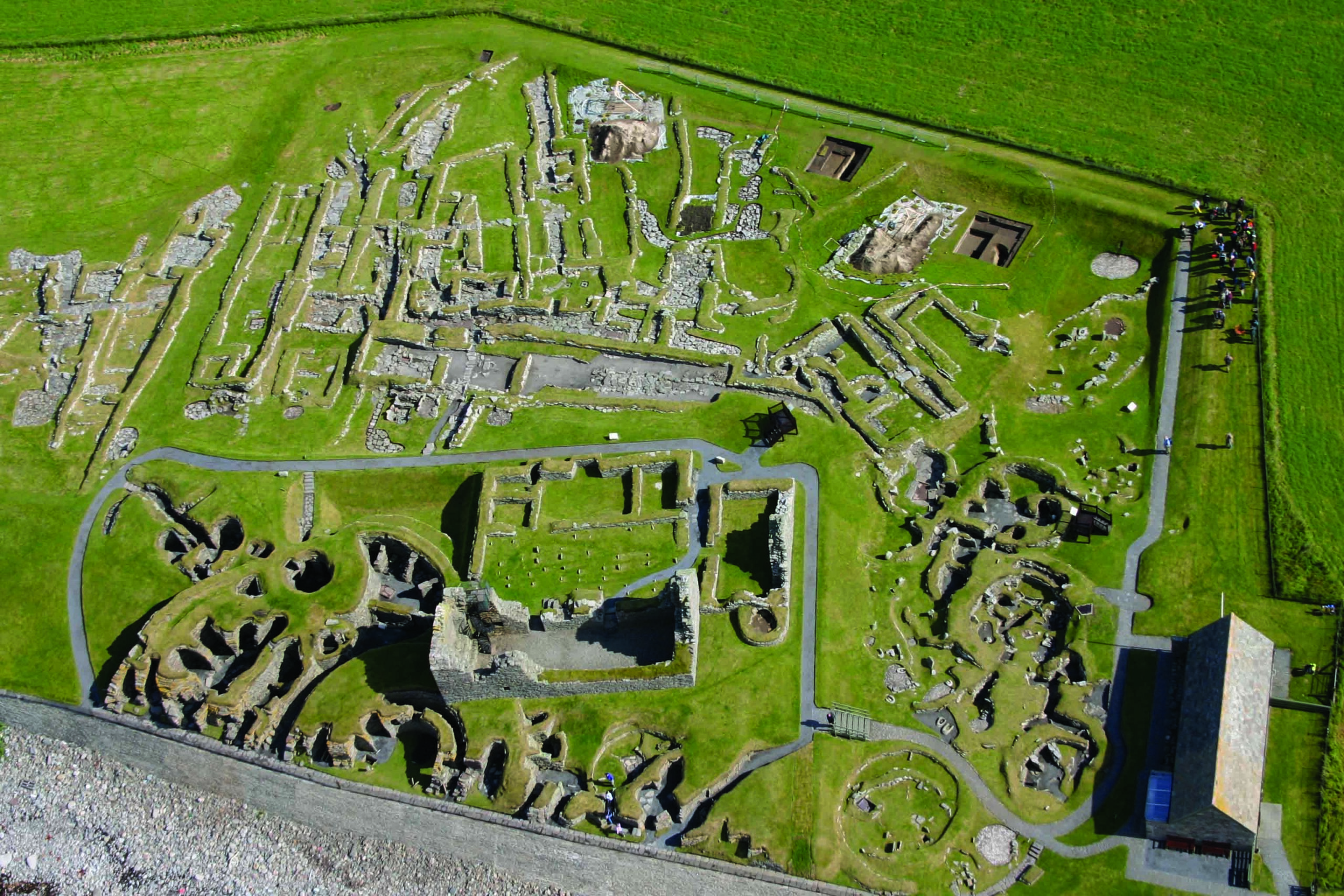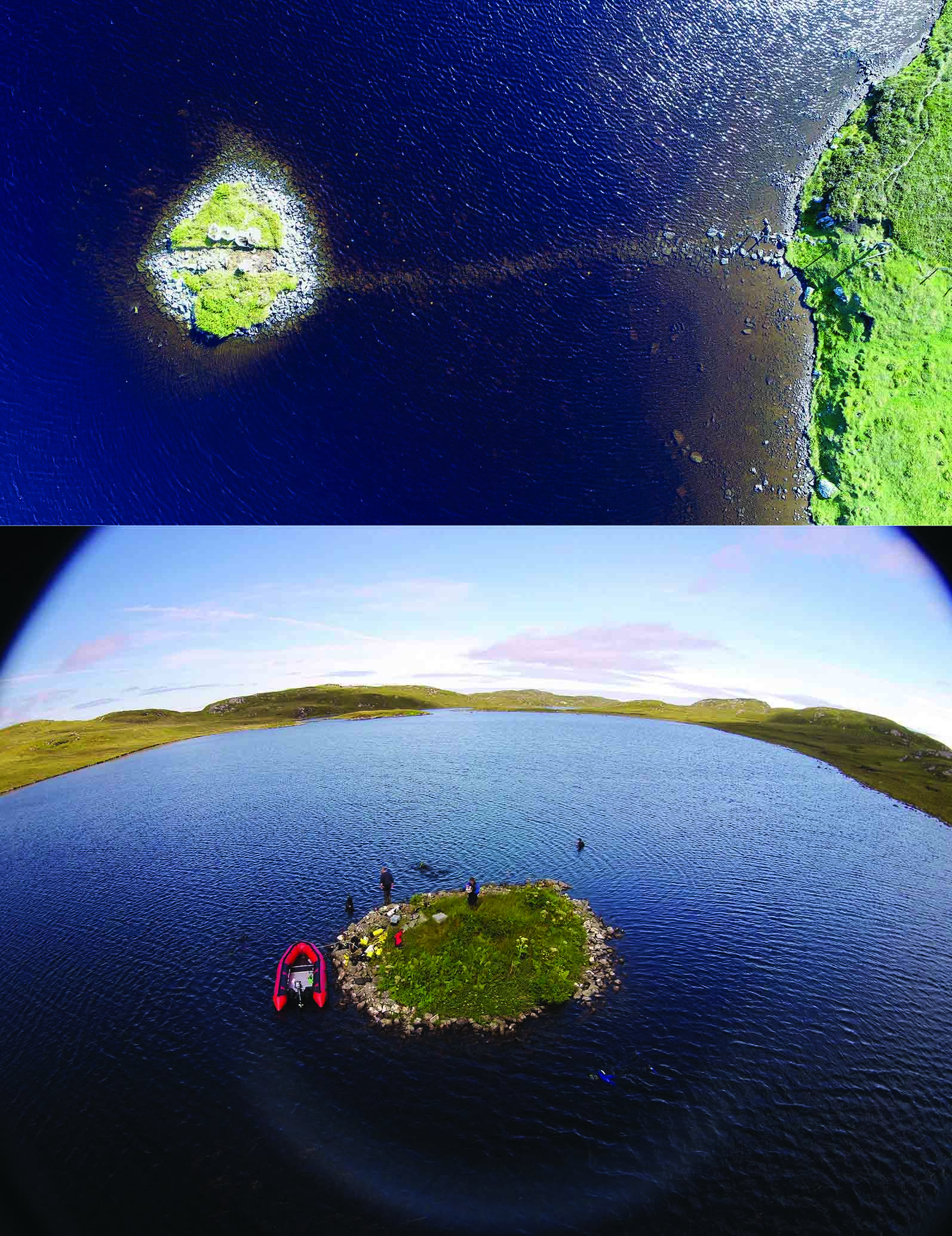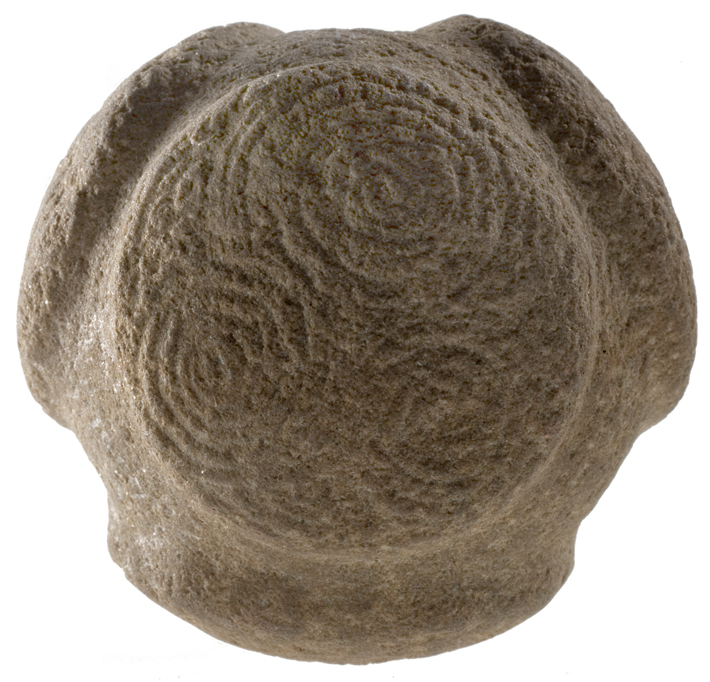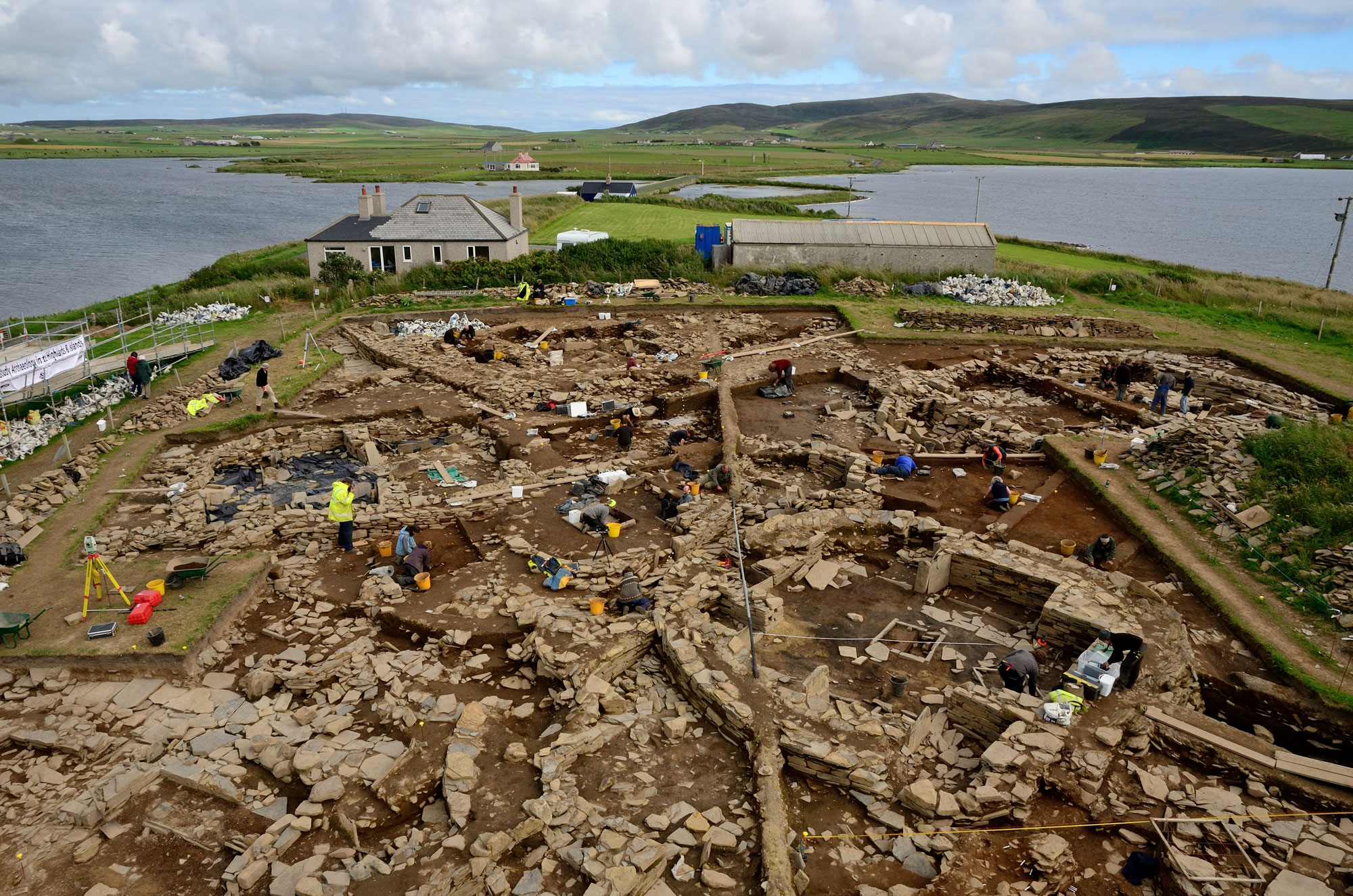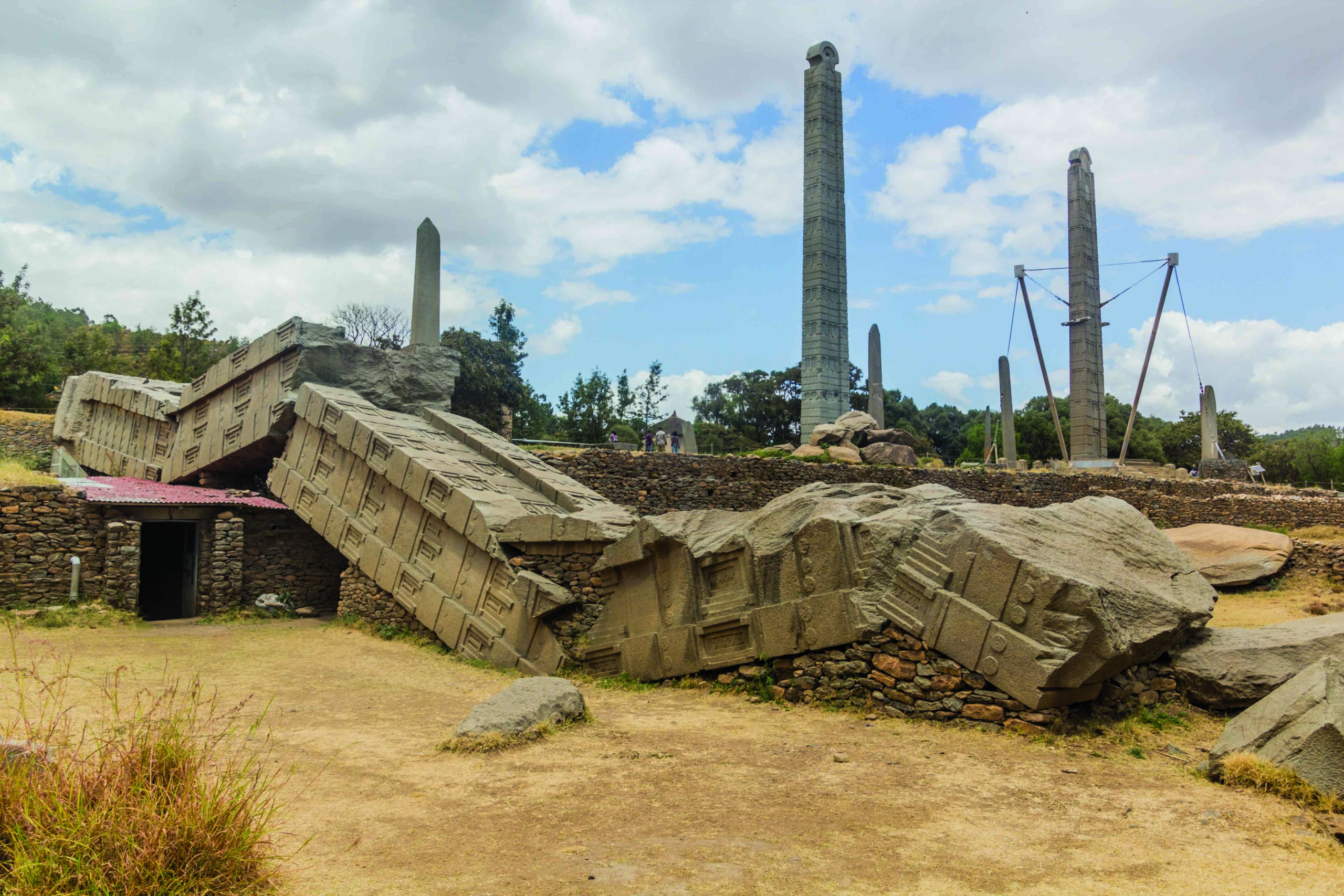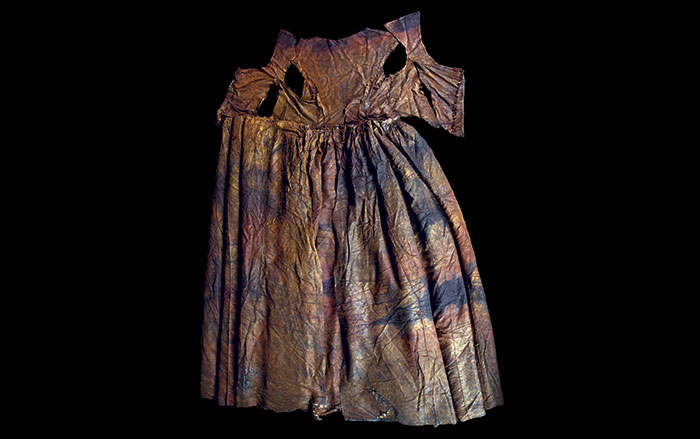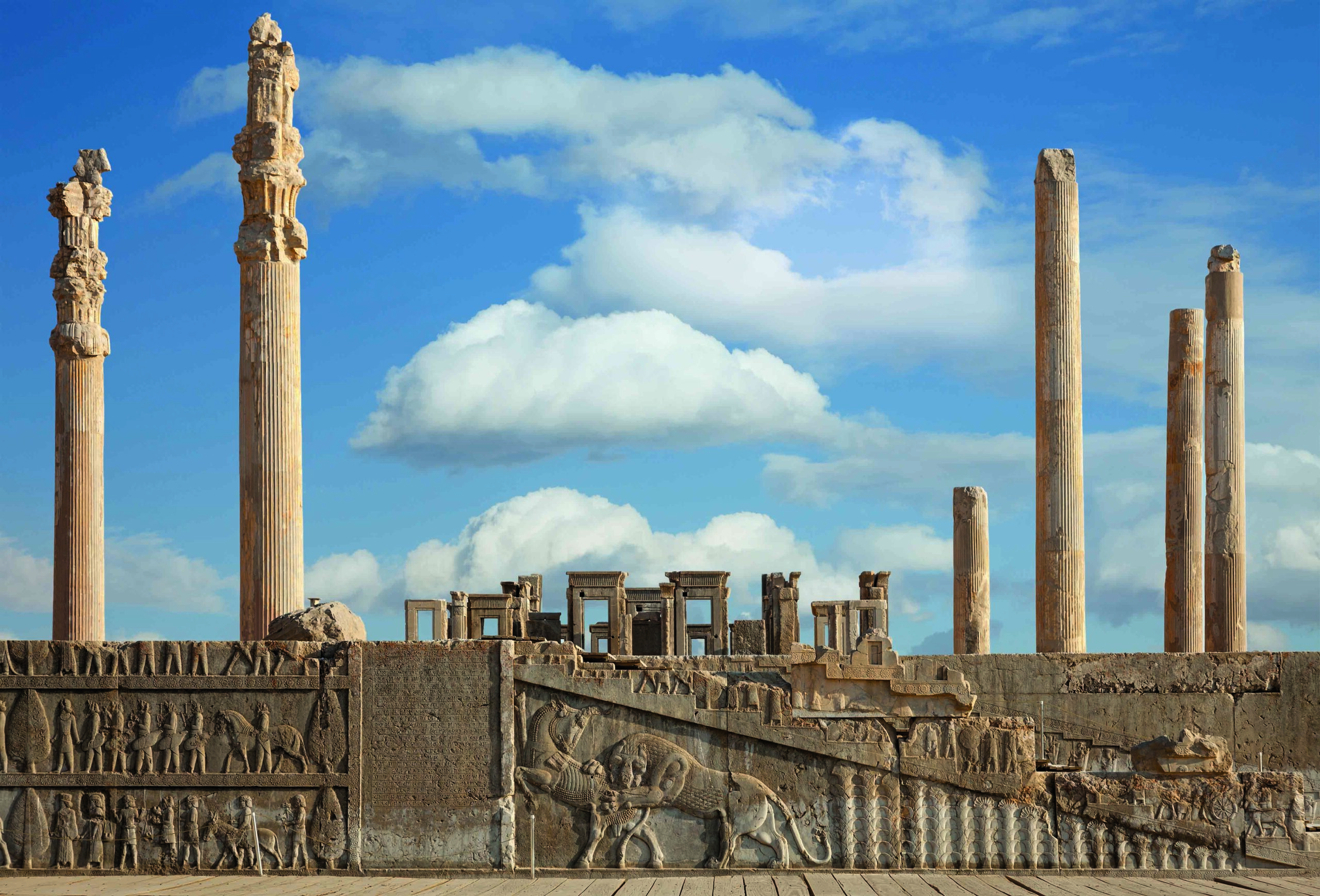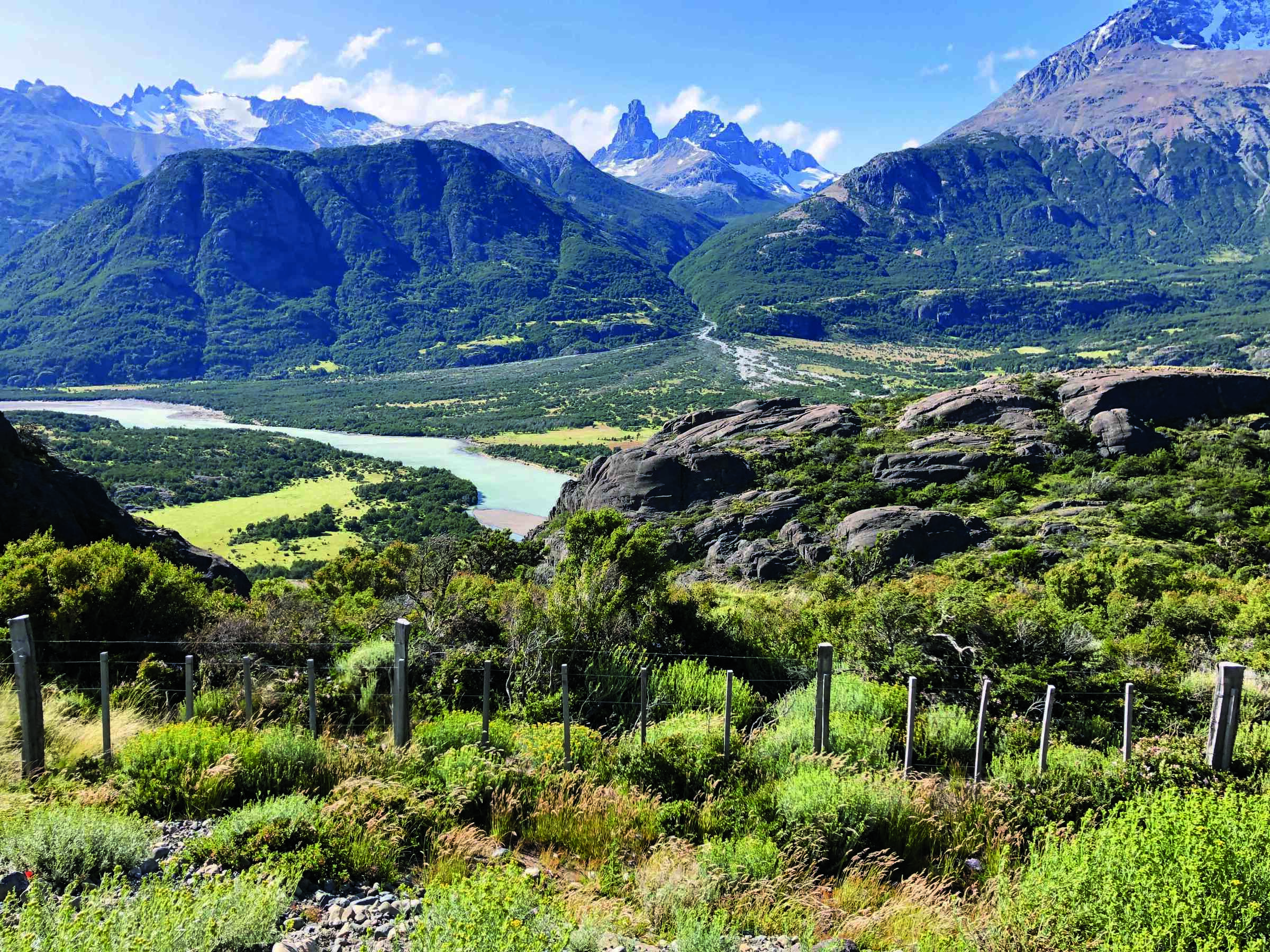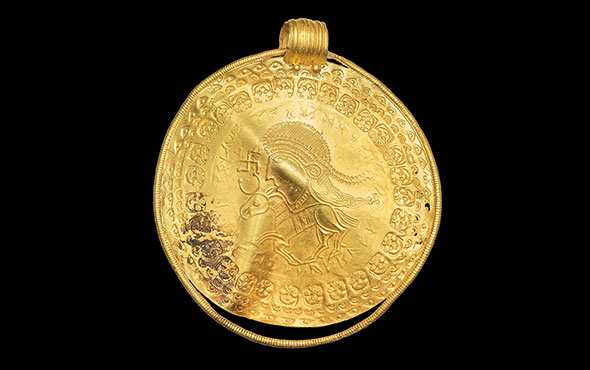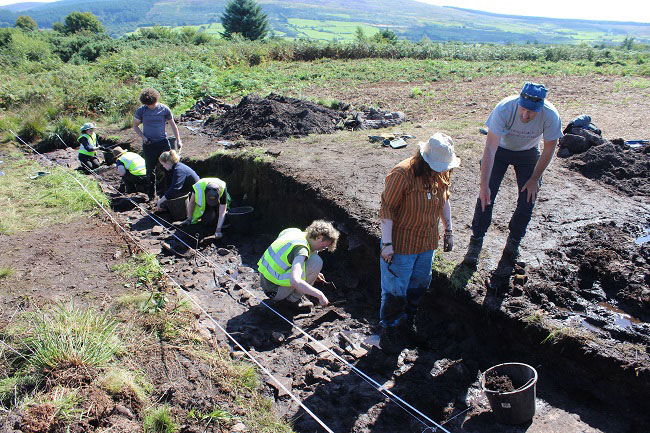
ISLE OF ARRAN, SCOTLAND—A massive Neolithic monument is being excavated at Drumadoon, on the southwest coast of the Isle of Arran, according to a report in The Guardian. The monument is of a type called a cursus, a vast rectangular enclosure dating to between 4000 and 3000 B.C. that is thought to have been used for processions, ceremonies, and gatherings. Cursuses could measure up to 6 miles long and were bordered by ditches or banks, and at times large oak posts. The Arran cursus is around 0.7 miles long and is believed to be the only complete example to have been discovered in Britain. Its remains are particularly well-preserved due to its upland location, away from intensive farming and peat bogs. Glasgow University archaeologist Kenny Brophy believes the cursus was either constructed by a small local group over many years or by teams of workers who came to the site as part of a pilgrimage. The excavation involves archaeology students from Glasgow University, archaeologists from across the United Kingdom, and community members. According to Gavin MacGregor, director of Archaeology Scotland, “bringing people together to congregate on the hillside, working through questions together, in a strange way has an affinity to those people making the sense of the world when the cursus was first constructed.” To read about a cursus located near Stonehenge, go to “Under Stonehenge,” one of ARCHAEOLOGY’s Top 10 Discoveries of 2014.


